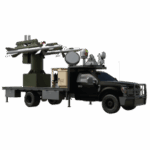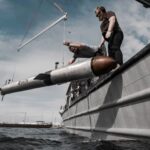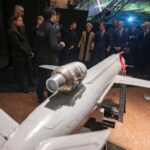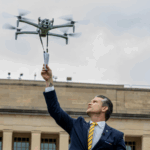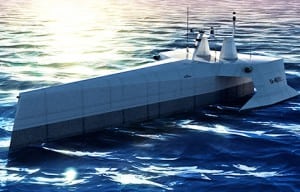
DARPA’s Sea Hunter full-scale autonomous warship prototype will help the Defense Department learn how unmanned capabilities will intermix with manned capabilities in future systems, according to a key Pentagon official.Originally envisioned as a way to track potentially stealthy diesel electric submarines, Sea Hunter could be used in other roles, according to Assistant Secretary of Defense for Research and Engineering Stephen Welby. Welby said Sea Hunter could provide a number of benefits to the Navy like freeing up manned ships like…

